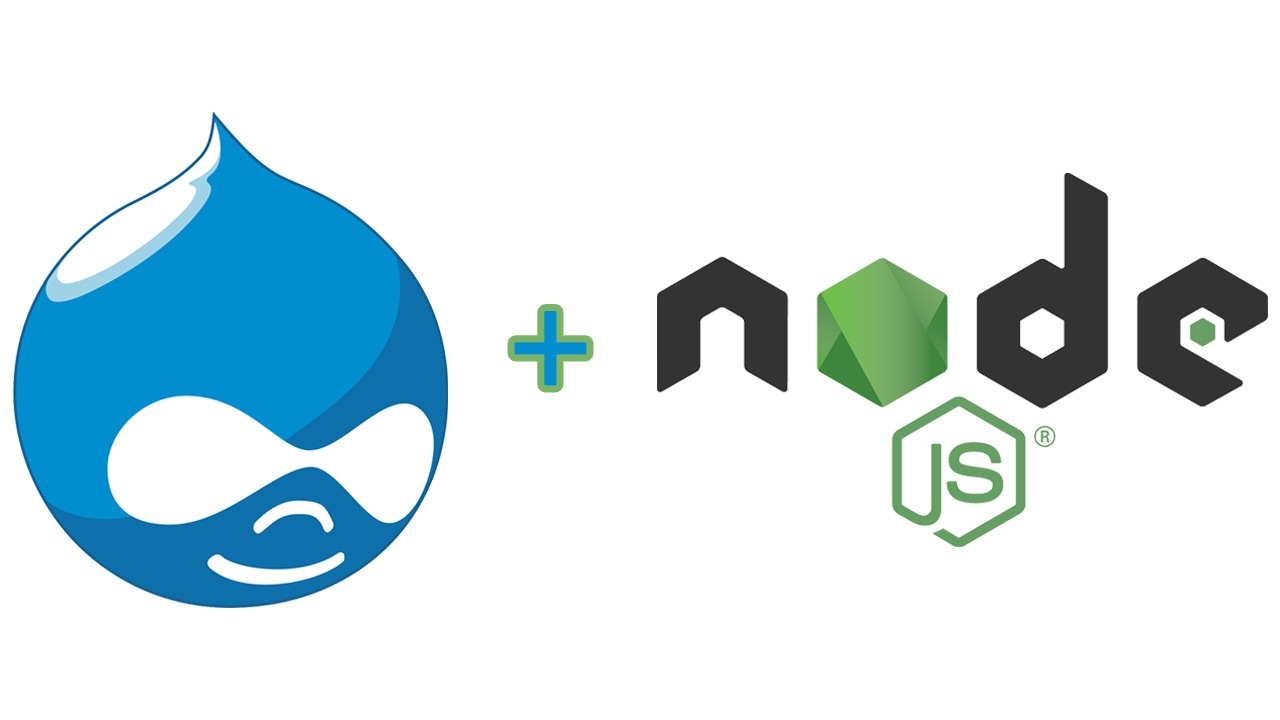

When using Drupal provided languages the admin side of the site will often be partially translated, but the amount of admin interface translation depends on the language and the part of the site you are in.įor example, an editor starts in English and goes to the Admin Content view and clicks Add Node. Current admin languageĪnother common issue for editors is not knowing which language is active when navigating the admin side of the site. Displaying the language of the translation lets editors see the language of the node they are going to be editing-which can be very handy if there are languages on the site which editors are unfamiliar with. It can also be helpful to add a language column to editorial views that have translated content. If you are browsing the Admin Content view in English, clicking on any of the links to the node will take you to the English version, but it can be confusing to editors. In reality, the duplicate content being registered by the view is the translated version of the node. Out-of-the-box, any view (including the Admin Content view) will show what appears to be duplicate results for multilingual translated content. Interface translations can affect content edit forms to the point where it is nearly impossible to know which field you are editing.It is difficult to know what language the site is in on the admin side.Views will show duplicate results for translations.However, the translation experience does leave a few things still to be resolved: As we noted in Mastering Drupal 8 Multilingual: Post 2 of 3, installing the Multilingual modules, enabling content translation and setting the configuration translation is really all you need to do in order to translate your site.


 0 kommentar(er)
0 kommentar(er)
